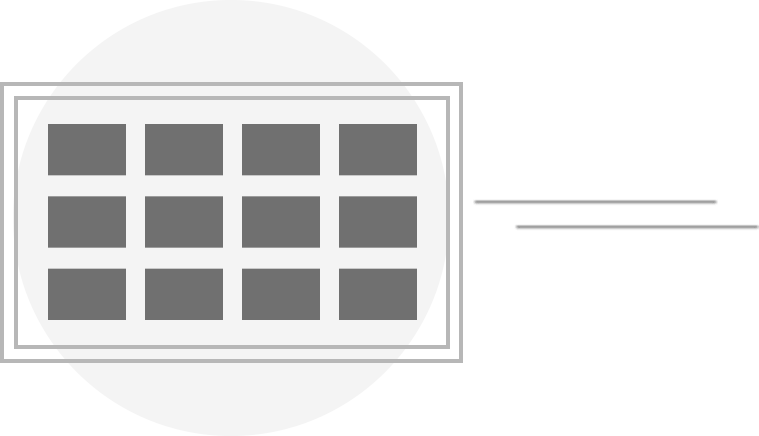
Technological advances in solar energy have made the investment into at-home solar panels more affordable and risk-free for the everyday household.
While continuing to buy energy from the national grid may seem like a safe option, the increase in energy bills means that becoming ‘energy independent’ is far more attractive. Not only can solar energy save you a considerable sum of money, but you’ll also be doing your bit in reducing your carbon footprint.
At Carbon Free Energy, we believe that solar energy is an important part of the new at-home energy-efficient revolution, and it doesn’t need to cost an arm and a leg.
Enquire now
Solar PV solutions (also known as solar panels) is a technology which has been around for a number of years.
As with most technologies, the advances in time has meant new innovations in solar technology. Solar PV has not only become more efficient, but it has become drastically more affordable for the everyday household.

 It creates clean, sustainable energy which is friendly to the environment.
It creates clean, sustainable energy which is friendly to the environment.  It drastically lowers the carbon footprint of your home
It drastically lowers the carbon footprint of your home  It substantially reduces your energy bill.
It substantially reduces your energy bill.  Any excess energy can be sold back to the national grid.
Any excess energy can be sold back to the national grid.  When coupled with an energy storage system, it can significantly improve your energy independence
When coupled with an energy storage system, it can significantly improve your energy independence 

Most solar PV installations work by installing panels (or tiles) on to the roof of your property which will, in turn, gather solar energy from the sun.
The energy gathered is then converted into electricity which can be used to power your home.
All the energy gathered from your solar panels is 100% clean and renewable. It is the very definition of eco-friendly energy.
So what happens to any unused or excess energy? In most solar PV setups, any excess unused energy is sold back to the national grid. However, if you have an energy storage system installed, you can choose to store your excess energy so it can be used when your solar panels are not harvesting energy (e.g. the evening).
Coincidently, the evening is usually the most power-intensive time of the day as most people are back at home. Paring solar energy and storage with a time-of-use energy tariff which changes rates depending on the time of day means you could save an impressive amount of money during peak energy periods (usually the early evening).
Enquire now

It’s better to view solar panels as a long term investment which will pay for itself over a number of years.
A general rule of thumb is that the more solar energy you can regularly use the more you’ll save (because you’ll be purchasing less energy from the national grid). For this reason, we would always recommend coupling an energy storage system with any NEW* solar solution as it allows you to generate, store and use energy even if you’re not in your house.
When deciding which type of solar panels to go for, it’s best to look at cost-per-watt (£/W) of power output. You can do this by dividing the total cost of the system you are being quoted for by its total power output.
Our team is more than happy to explain this difference for you and help you understand how much money you could be saving.
 The cost of the solar energy installation
The cost of the solar energy installation  How much of the electricity you've generated can be used
How much of the electricity you've generated can be used  How much your excess energy can be sold for
How much your excess energy can be sold for 
We believe that advances in solar technology is making this form of at-home renewable energy a smart investment for everyone.
Besides the inevitable cost savings you’ll see on your energy bills, investing in solar energy will also significantly reduce your overall carbon footprint – you will be doing your bit to save the planet.
If you’re concerned with the initial cost of a solar installation, don’t be. It’s best to look at your solar PV system as an investment which will make healthy returns in the future, not the short term.
Enquire now
These panels are made from silicon which is then formed into bars before being cut into wafers. Due to the high purity of silicone used in these panels, it means energy harvesting is the most efficient. More efficient energy harvesting = more overall power output.
The main difference between polycrystalline and monocrystalline panels is that polycrystalline panels are made by melting raw silicon rather than turning them into wafers.
The process of melting silicone is far cheaper and cost-effective; however, it comes with a drop in efficiency. Remember, efficiency = power output, so in most circumstances, polycrystalline panels are less efficient than their monocrystalline counterparts.
Hybrid cells are the most expensive form of solar panels, but that’s because they’re the most efficient. They’re made by combining crystalline cells with film cells. This combination forms incredibly consistent solar harvesting output which is the main reason for their amazing efficiency.
To get in touch with our specialists, please fill in the form below.